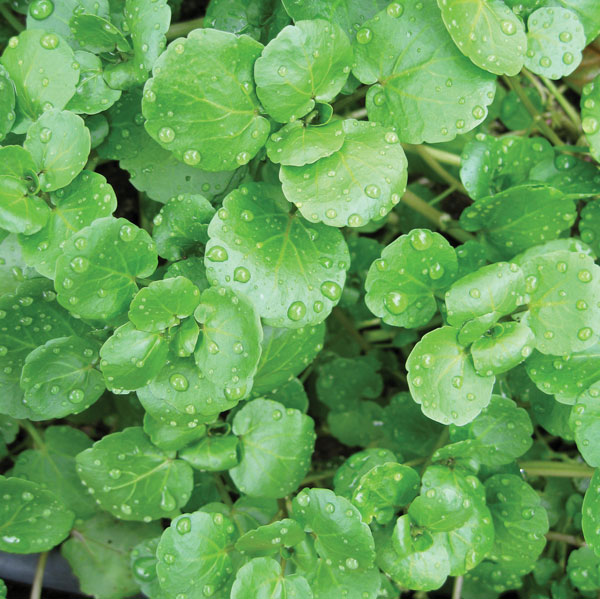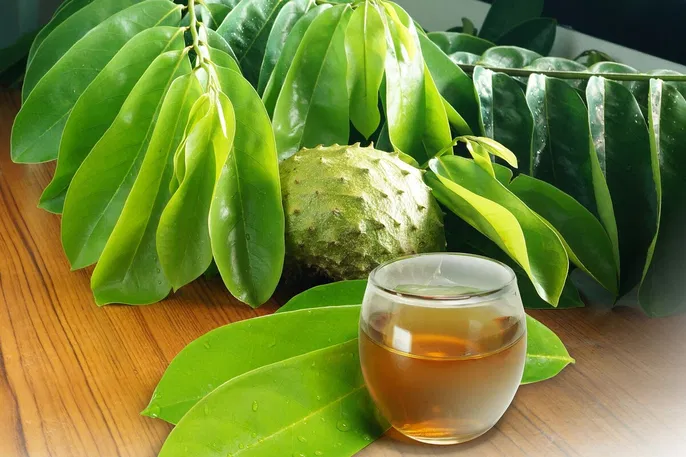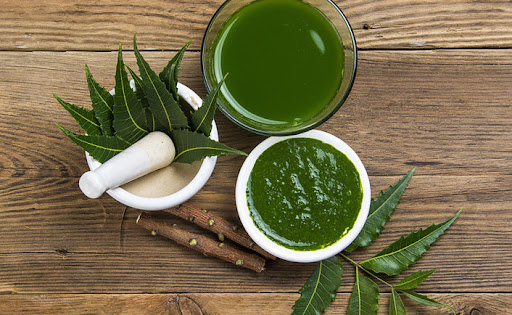Amazing White Willow Benefits
As one of the plants for the locomotive system, fighting pain and fever are some of the white willow benefits.
In ancient times, in Babylon and Asssur, it was mostly used as one of the plant remedies. In the Dioscorides, that is, in the first century A.D, those who supported the theory of signs believed that since this medicinal plant is able to endure the bad air of the moist, marshy soils where it grows, then it was likely to make available substance that’d be able to heal malaria as well as rheumatic aches.
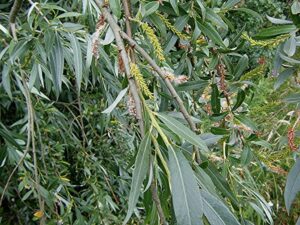
Since that time, some of white willow benefits have been its effectiveness as a febrifuge against certain fevers and malaria. This has made the users to give it a name such as “European quinine.”
In nineteenth century, German chemist by name “Felix Hoffman” made some experiments with willow bark extracts. And after a successful chemical processes, he obtained a derivative substance whose antithermic and analgesic properties seemed much more powerful and effective than those offered by the plant’s original substance.
White willow (Salix alba) is a shrub of the Salicaceae family. It grows from 4 to 20 meters high. It has a slim trunk, greyish bark and flexible branches. The leaves are toothed, lanceolated and narrow.
The parts of the plant used for medicinal purposes are: the bark, the leaves and the flowers.
Properties and Indications
The bark of this medicinal plant contains tannin and this gives them the invigorating and astringent properties, coloring substance and mineral salts. The other parts with lesser amount of tannin are the leaves and the flowers.
However, the most important active substance is a glycoside: salicin which comes from the flowers; by the action of an active enzyme called glycosidase, the salicin can turn into glucose and salygenine.
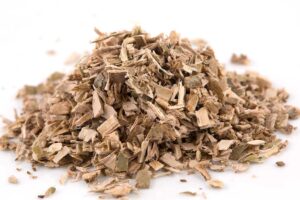
According to a book written by Dr. George Pamplona-Roger (Healthy Plants), it is said that salygenine salicylic aldehyde after undergoing oxidation process, that it turns to salicylic acid and from this acid, acetyl- salicylic acid or aspirin is obtained.
With the salicin content, white willow benefits are obtained from the following properties: analgesic, anti-inflammatory, febrifuge, anti-arrheumatic, and antispasmodic and sedative properties.
Some amazing white willow benefits
The properties mentioned above which are present in white willow tree have the following indications
Fever: As a febrifuge, it is used in various kinds of febrile afflictions. Another one among white willow benefits is that it has advantage of invigorating the digestive system.
In essence, it helps in increasing appetite, combats hyperacidity, pyrosis and also halts diarrhea. This is as result of the tannin from the bark of this medicinal plant.
Reduces skin affliction: Reduction of skin afflictions and mucosa are some of the white willow benefits. When using this medicinal plant, externally, the willow tree is used to wash wounds and sores of the skin.
A vaginal irrigation, it can be used to treat leukorrhea.
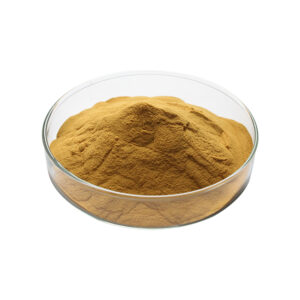
Remember that the synthetic derivative mentioned above, though has a quicker and effective febrifuge and analgesic effects than the natural extracts but willow tree has the advantage of not causing acute gastritis, hemorrhage or gastro-duodenal ulcers.
On the other hand, white willow tree has an invigorating effect on the digestive system and also has mild sedative effect.
Nervous excitation: The sedative properties from especially the flowers is used for anxiety, nervousness and insomnia. It has been in use as anti-aphrodisiac since if it decreases fever, then, it will be effective in decreasing excessive love appetite.
Aches: Its antispasmodic and sedative effects seem effective alleviating all kinds of aches, especially those of rheumatic origin. It is used in genital pain in women which may be caused by painful menstruation or uterine spasms.
On summary, internally, the white willow benefits are for:
- Pain in the joints (backache, headache)
- Allergies
- Nerve pain
- Inflammation and menstrual pain
- Fevers, rheumatism, arthritic pain
- Gout, neuralgia and also useful for kidney, urethra, bladder irritabilities.
Externally, white willow benefits apply to injuries and toothache.
Preparation and Use
Internal use
- Decoction with about 20 grams of bark or leave per liter of water. Allow boiling for 20 minutes. Steep for another 15 -20 minutes. Add honey to sweeten it, drink three cups daily.
- Powder: This can be obtained by grinding the bark with an electric mill. After dissolving it in water with honey, administer before each meal. Recommended dose is 3 – 5 g or take 6 -10 #0 capsules as needed.
- Infusion with a spoonful of dry flowers pee cup of water. Drink two to four cups daily especially before bedtime.
Tincture: Take 15-60 drops as needed
Fluid extract: Take 1/4-1 tsp.
External Use
- Skin washing with decoction as mentioned above
- Vaginal irrigation with the same liquid of the above mentioned decoction
- Compresses soaked in a decoction more concentrated than that used internally 70-100 grams per liter of water.
Warning:
This medicinal plant is not recommended for use during pregnancy. For those allergic to aspirin, do not use.
YOU MAY LIKE: How to prepare sweet potato cassarole
Sources: Dr. George D. Pamplona-Roger (Healthy Plants) and Natural Remedies Encyclopedia (Vance Ferrell, Harold M. Cherne, M.D)

A graduate of Computer Science and Information Management Technology. Diploma – Caregiving, Certificates – Dementia and Diabetes Awareness and Management. A researcher, blogger, songwriter, singer and acoustic guitarist. Born in an environment where natural talents such as healing are imparted at our natural birth. This natural talents of healing is the result of our genetic inheritance and the training from family environment.








